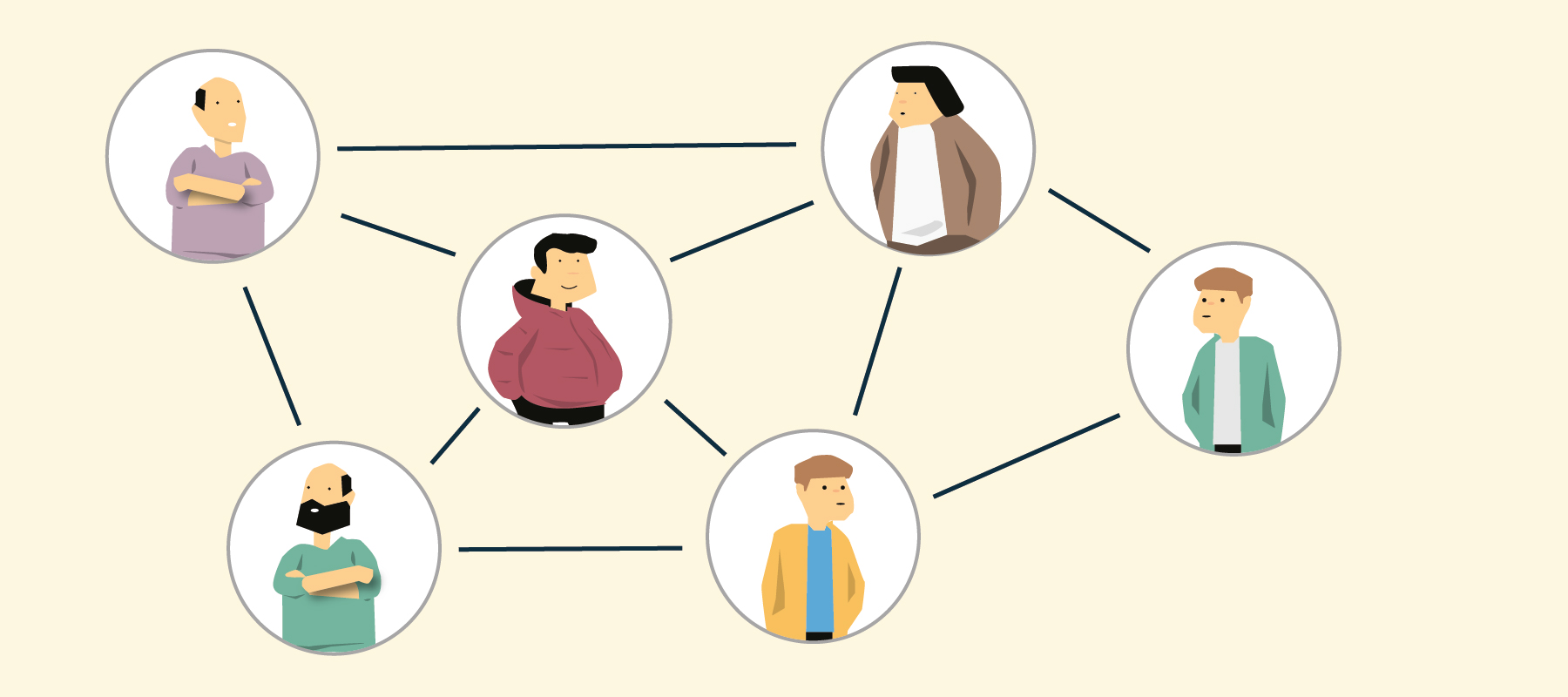Let’s talk about release planning. It’s the bread and butter of getting a product out there smoothly and successfully. When done right, release planning aligns everything from your product roadmap to the expectations of stakeholders, and it’s all about creating a structured, efficient process.
First, dive into the product roadmap. Get cozy with it. Understand not just the steps, but the big picture. What are the long-term goals? Identify those key milestones that will anchor your release timing. This isn’t just about knowing the destination—it’s about understanding the journey and the strategic objectives that will get you there.
Development velocity is your next port of call. Pull up that historical data and see what it’s been like. Are there any patterns? What could trip you up in the future? Team changes, technical debt—these can all impact how fast you can go. Use this intel to sketch out some realistic timelines for your release deliverables.
Now, it’s time to rally the stakeholders. Get their input on the table. What do they need? What constraints are they under? Prioritize features and fixes based on what they value most. Document these expectations clearly to avoid confusion and ensure everyone’s singing from the same hymn sheet.
Defining release criteria is your next crucial step. Lay down the law on what constitutes a successful release. Quality benchmarks, feature completeness, compliance requirements—these pave the way. Make sure the entire team and stakeholders are on the same page with these.
Once everything’s in place, draft that preliminary schedule. It’s like a rough sketch of a masterpiece. Incorporate your roadmap, velocity data, and stakeholder input. Don’t forget to add a buffer for the unexpected—because let’s face it, things rarely go 100% according to plan. Get buy-in from stakeholders and make adjustments based on their feedback.
With the schedule in hand, think about measuring success and gathering feedback. Which KPIs will tell you how well the release went? Set up ways to collect feedback from users and stakeholders after the release. This data is your goldmine for refining future plans and staying on the continuous improvement path.
Share the plan widely. Transparency is your friend. Ensure everyone knows their roles and responsibilities. Keep communication lines open—updates and changes should never be a surprise.
When it’s go-time, execute and monitor. Keep an eye on how things are shaping up against your schedule. Be flexible—adapt based on real-time developments. Frequent updates to stakeholders build trust and manage expectations.
Finally, hit the review button. Once the release is out there, take time to reflect. What went like clockwork? Where did things wobble? Use these insights to tweak your process, adapt your roadmap, and make future release schedules even better.
Release planning isn’t just about dates and deliverables—it’s a collaborative dance with your entire team and stakeholders. By focusing on transparency, communication, and continuous adaptation, you’re not just releasing a product; you’re setting up a framework for lasting success. Take these steps to heart, and every release becomes an opportunity to align with your vision and improve from last time. That’s the beauty of agile—it’s all about getting better, one release at a time.


